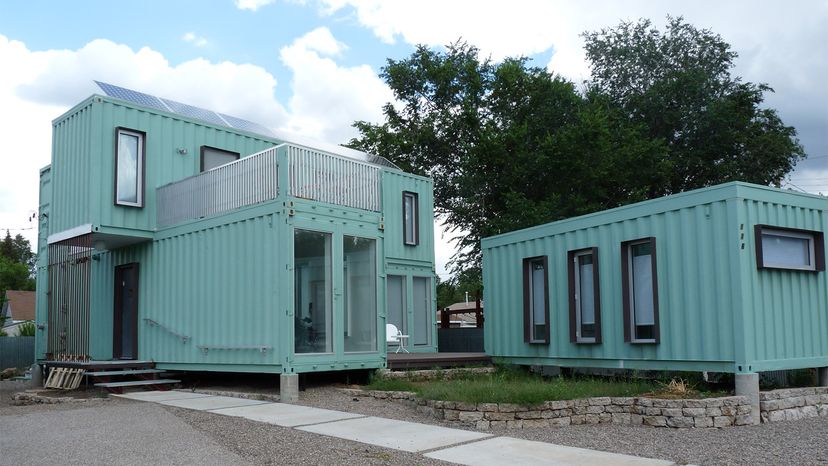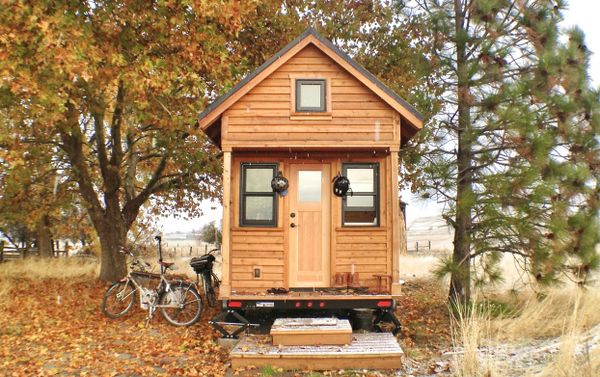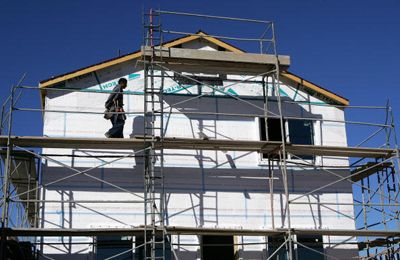
Whether they stir up childhood memories of the Boxcar Children or look like the coolest answer to today's microhousing movement, shipping container homes combine innovation and durability in one self-contained package. Some of them do, anyway. Others are multilayer constructions that treat the structures like LEGO blocks and culminate in super-luxurious homes.
In any configuration, a shipping container home is just what it sounds like – a dwelling made from a steel container otherwise used for shipping. From the basic to the lavish, the containers offer the benefit of a ready-made shell, but they can lead to confusion over what is necessary and allowable from site to site. In addition to learning more than you probably want to know about local building regulations, you will need to start by selecting a container or containers from which to build your home.
Advertisement


